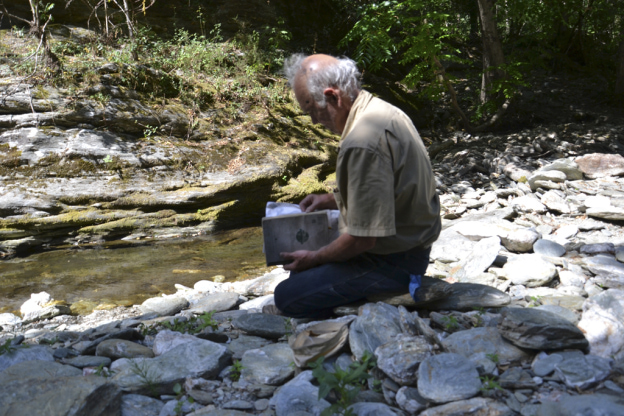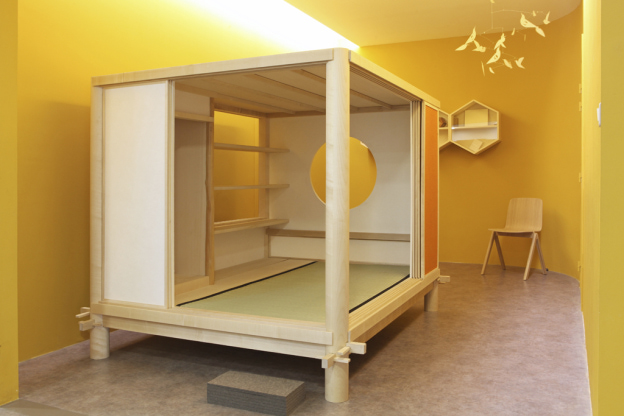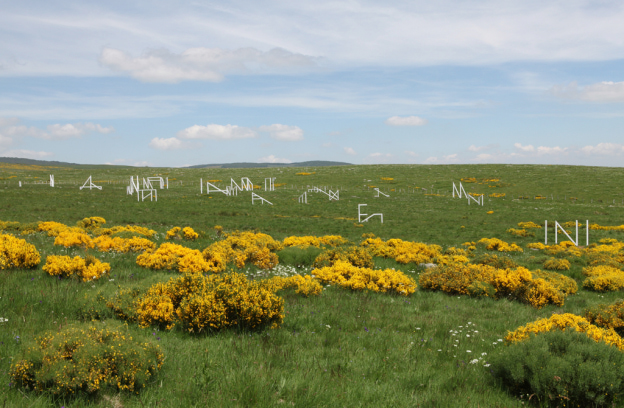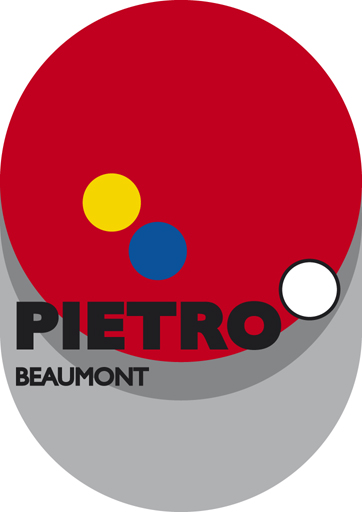Du sec à l’eau (Dry to Wet)
The village of Lamelouze, situated in the Galeizon valley north of Alès, is part of the Cévennes National Park. Many professional and cultural associations are located there, with whom the municipality keeps a close partnership.
In 2009, the commune invited the Sentiers association to carry out artistic experiments on 14 hectares of communal land, situated between the 11th century church of Sainte-Cécile and the Galeizon river. The former landowner had begun a forestry operation and created an arboretum.
On the initiative of several residents, the Sentiers association and the Lamelouze Commune asked Georges Trakas to design a practical work for this space, which offers the only public access to the river. The request is part of a desire to enhance the land and its landscape, and its quality as a common space in the geographic and social organisation of the commune so that it is “recognised” by all – Lamelouze residents as well as occasional users.
After a visit in August 2015, George Trakas wrote, “I felt the project was destined for me. The commission appealed to me and it was right, because I fell in love with the locals and their history.”
During a second stay during summer 2016, acting on his initial intuitions and observations, George Trakas proposed a path to access the Galeizon as well as a simple installation between the arboretum and the river.
A study book combining texts and drawings was published by Captures éditions. It retraces the artist’s reflection – related to his career and works – his approach guided by the human dimension of places. The selection of George Trakas’ drawings and technical data for the creation of Du sec à l’eau (Dry to Wet) offers a pragmatic and poetic approach to the commissioned work.
Le 28 mai 2019, Du sec à l’eau a reçu le prix « Initiatives citoyennes et environnementales » par le CAUE du Gard.













